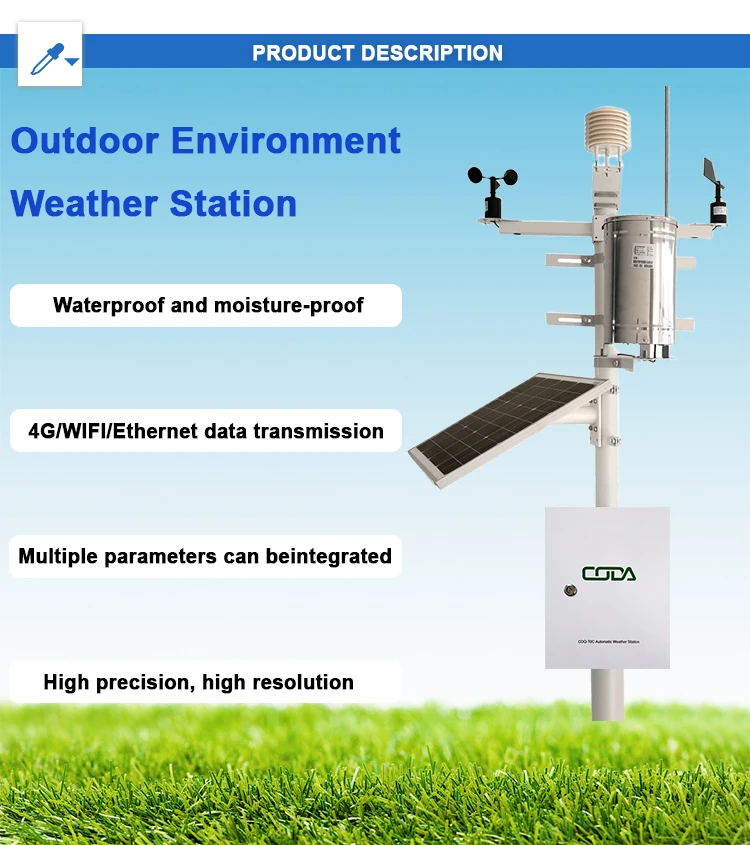
# Advantages and Disadvantages of Automatic Weather Stations
## Introduction
Automatic Weather Stations (AWS) have revolutionized the way we collect and analyze meteorological data. These advanced systems provide continuous, real-time weather information with minimal human intervention. While AWS offer numerous benefits, they also come with certain limitations that users should consider.
## Advantages of Automatic Weather Stations
### 1. Continuous Data Collection
One of the primary advantages of AWS is their ability to collect weather data 24/7 without interruption. Unlike manual observations that might be limited to specific times of day, automatic stations provide a constant stream of information.
### 2. High Accuracy and Precision
Modern AWS are equipped with sophisticated sensors that deliver highly accurate measurements. They eliminate human errors in reading instruments and recording data, ensuring more reliable weather information.
### 3. Remote Monitoring Capabilities
Automatic weather stations can transmit data wirelessly to central databases, allowing meteorologists and researchers to monitor conditions from anywhere. This is particularly valuable for monitoring weather in inaccessible or dangerous locations.
### 4. Cost-Effective in the Long Run
While the initial investment might be significant, AWS reduce labor costs associated with manual observations and can operate for years with minimal maintenance.
### 5. Standardized Data Collection
All AWS follow standardized measurement protocols, ensuring consistency in data collection across different locations and over time. This standardization is crucial for climate studies and weather forecasting.
## Disadvantages of Automatic Weather Stations
### 1. High Initial Cost
The sophisticated equipment required for an AWS represents a substantial upfront investment. High-quality sensors, communication systems, and installation can be expensive.
### 2. Maintenance Requirements
While AWS require less human intervention than manual stations, they still need regular maintenance. Sensors require calibration, and equipment may need repairs, especially in harsh weather conditions.
### 3. Vulnerability to Technical Failures
Like all electronic systems, AWS are susceptible to power outages, communication failures, or sensor malfunctions. A single component failure can disrupt data collection until repairs are made.
### 4. Limited Human Oversight
The absence of human observers means there’s no one to verify unusual readings or notice environmental changes that sensors might miss, such as certain cloud formations or local phenomena.
### 5. Data Gaps During Maintenance
When maintenance or repairs are needed, there may be periods when no data is collected. In remote locations, these gaps might last longer due to accessibility issues.
## Conclusion
Automatic Weather Stations represent a significant advancement in meteorological data collection, offering numerous advantages in terms of continuous operation, accuracy, and remote monitoring. However, potential users must weigh these benefits against the high initial costs, maintenance requirements, and technical vulnerabilities. The choice between automatic and manual weather observation depends on the specific needs, budget, and technical capabilities of the organization or individual implementing the system.
As technology continues to improve, many of the current disadvantages of AWS are likely to diminish, making them an increasingly attractive option for weather monitoring worldwide.